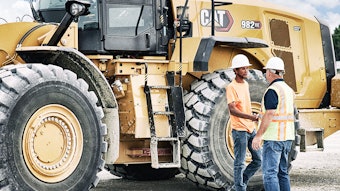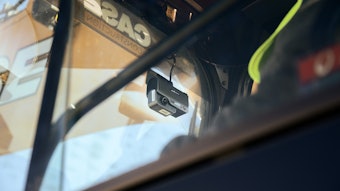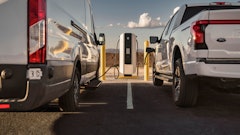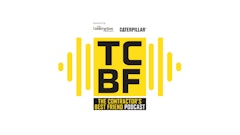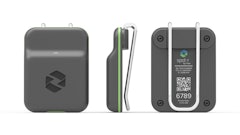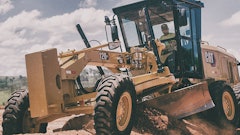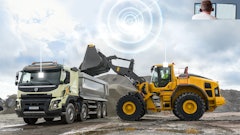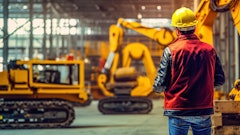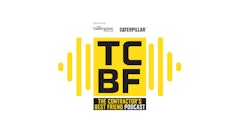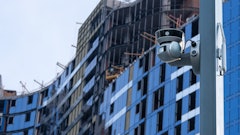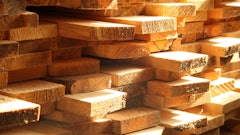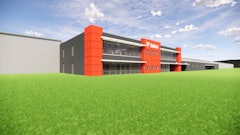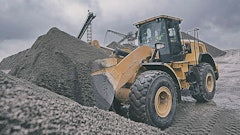
You won’t find many projects out there that do not include some kind of earthmoving and finish grading. Accuracy specifications for finished grade vary. For example, parking lots and building pads require very tight finish grade tolerances because even the slightest deviation can cause problems—some with a big price tag. But when there are so many options available, choosing the right system can be confusing. If you’re considering an investment in grading technology, take a minute to learn the basics.
Grading 101
Cat® GRADE technologies perform two key functions. Some GUIDE operators to grade visually—showing where to cut and fill and giving feedback along the way. Some CONTROL the blade or bucket automatically—eliminating or greatly reducing manual effort. Some do both. Grading technology continues to help operators at various skill levels work faster and more accurately.
Grade control types include the following:
2D slope systems provide a low-cost option that can maintain a specific slope angle.
2D laser systems allow operators to cut, fill and finish grade with increased accuracy without the use of traditional stakes (this is not always the case – a reduction in staking and grade checking is a definite, though) or grade checkers. The result is achieving finished grade faster in fewer passes. These systems are good choices for smaller areas where high accuracy is necessary.
Sonic systems provide a low-cost option that can maintain depth. This system can complement a 2D slope system to provide 3D functionality.
3D GPS systems are best when the jobsite involves contours, rather than single or dual slope planes, because they automatically control the machine to a specific surface (we have to be cautious here, GPS/GNSS requires direct line-of-sight to satellites as stated in the next sentence). While these systems are the most flexible trees, tall buildings and other obstructions can reduce line-of-sight to satellites and therefore effectiveness of the grading system.
3D UTS systems are used to create highly accurate 3D surfaces. They require line of site, and can be used to supplement 3D GPS systems in areas where a signal isn’t available.
2D vs 3D: Quick Comparison
In general, here are some rules of thumb for selecting 2D or 3D systems.
2D systems |
3D systems |
|
|
|
|
|
|
|
|
|
|
What kind of payback can you expect?
Every situation is unique, but studies show Cat GRADE technologies can improve productivity by up to 50%—and pay for themselves in about 6 months.

![[VIDEO] Cat Production Study Halves Road-Building Time with Connect Technology](https://img.forconstructionpros.com/files/base/acbm/fcp/image/2016/02/default.56ba5872ec6bd.png?auto=format%2Ccompress&fit=crop&h=75&q=70&w=75)



